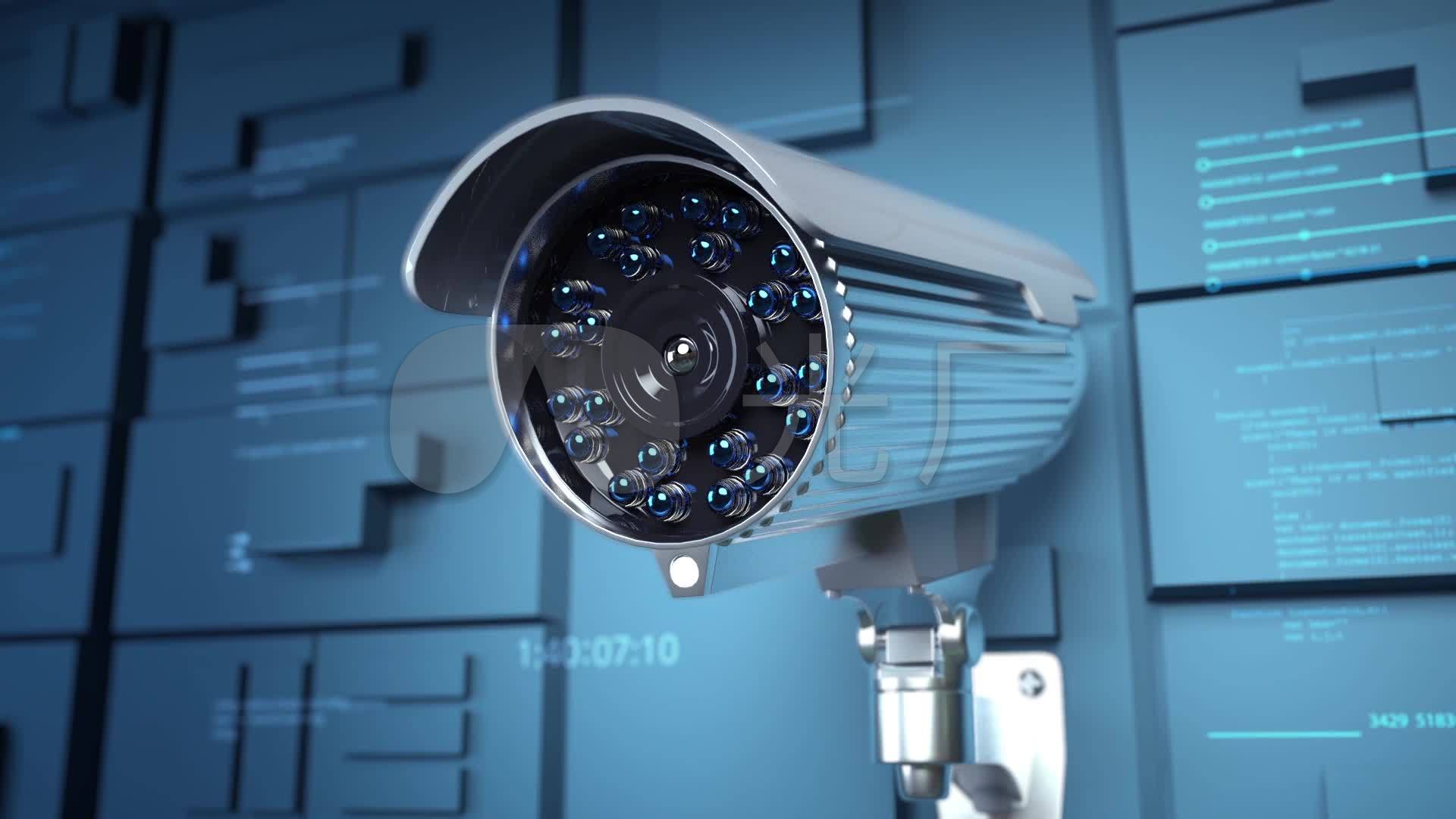What is the general standard for the angle and height of the installation of surveillance cameras?
 Generally, 3.6MM, 6MM, 8MM, 12MM, 16MM are the most commonly used ones. The angle is inversely proportional to the distance. The larger the angle, the closer the distance.
Generally, 3.6MM, 6MM, 8MM, 12MM, 16MM are the most commonly used ones. The angle is inversely proportional to the distance. The larger the angle, the closer the distance.
Monitoring head installation height requirements:
Under the conditions that meet the requirements of the field of view of the monitoring target, the installation height should not be lower than 2.5m indoors and 3.5m outdoors.
The best focal length for shooting people is 85mm. Taking the 35mm standard as the standard, the focal length of 85mm is the standard for shooting people to choose the lens. The portrait shot at the 85mm focal length is basically close to the picture effect of the medium format camera, not only the sense of distance is suitable, but also the face of the person looks very natural, and the distance between the camera and the subject can basically be kept at the usual speaking distance.
The 85mm focal length can also blur the background well to highlight people. In order to obtain a good bokeh effect, it is advisable to choose a lens with a large maximum aperture. The focal length of 85mm is about 135mm on a digital SLR. Although the distance of the shot is slightly weaker, it is basically no problem. Therefore, the focal length of the lens for shooting people should be at least about 85mm.

Extended information:
Common problems and solutions of surveillance cameras:
1. When the IP camera is installed, your searcher cannot find the IP of the IP camera
Solution:
Regarding this issue, first of all you need to confirm whether your network cable and power supply are installed correctly. If the camera still can't find the IP after confirmation, then you need to confirm your network segment to see if the network segment of the IP camera is very the same as the network segment of your computer. Change the network segment of the IP camera to the same as that of your computer. You can find the IP of the IP camera on your computer.
2. Why after the IP camera is connected, the intranet can already be viewed, but the external network cannot be viewed
Solution:
There are two factors in this question. The first is that there is no port mapping, because each camera needs to transmit the signal and watch it through the monitor. If we do not do port mapping, the signal will not be sent out, so the signal will only be in the internal network, so the external network will not be able to receive the signal, so that the external network monitor cannot monitor the scene in real time.
Another problem is the domain name of your computer. See if you are logged in. Generally speaking, the external network access address of the IP camera is directly linked to the domain name. The external network access address of the IP camera can be the external network IP of your computer plus the domain name. The port number can also be your domain name information plus the port number.
3. 5 cameras are connected, and only one camera is outputting the screen
Solution:
This problem is because you did not change the IP and port number of the IP camera, because when multiple IP cameras are connected, the IP and port of each IP camera cannot be the same, otherwise there is no IP or the same port number. , the video from the two cameras will conflict, the video will be distorted or no video will appear at all.
For example, the signal is regarded as running water, and the port number is regarded as the outlet of the running water. If the port number is the same, the river will be separated and left to the same outlet. You say that such a video signal is There will be conflicts, can such a video be played normally? And the default IP and port of the IP cameras are the same, so you have connected 5 cameras as mentioned above, but you have not changed the IP and port numbers of these 5 IP cameras, the video will naturally conflict, so it can only appear a webcam.